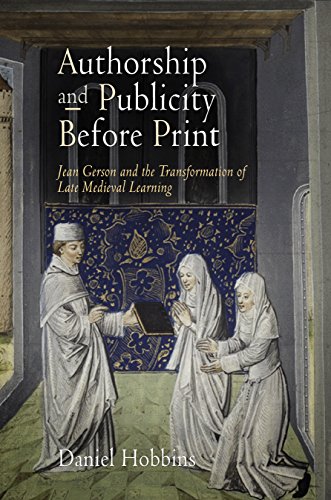

Most ebook files are in PDF format, so you can easily read them using various software such as Foxit Reader or directly on the Google Chrome browser.
Some ebook files are released by publishers in other formats such as .awz, .mobi, .epub, .fb2, etc. You may need to install specific software to read these formats on mobile/PC, such as Calibre.
Please read the tutorial at this link: https://ebookbell.com/faq
We offer FREE conversion to the popular formats you request; however, this may take some time. Therefore, right after payment, please email us, and we will try to provide the service as quickly as possible.
For some exceptional file formats or broken links (if any), please refrain from opening any disputes. Instead, email us first, and we will try to assist within a maximum of 6 hours.
EbookBell Team

4.3
58 reviewsWidely recognized by contemporaries as the most powerful theologian of his generation, Jean Gerson (1363-1429) dominated the stage of western Europe during a time of plague, fratricidal war, and religious schism. Yet modern scholarship has struggled to define Gerson's place in history, even as it searches for a compelling narrative to tell the story of his era.
Daniel Hobbins argues for a new understanding of Gerson as a man of letters actively managing the publication of his works in a period of rapid expansion in written culture. More broadly, Hobbins casts Gerson as a mirror of the complex cultural and intellectual shifts of the fourteenth and fifteenth centuries. In contrast to earlier theologians, Gerson took a more humanist approach to reading and to authorship. He distributed his works, both Latin and French, to a more diverse medieval public. And he succeeded in reaching a truly international audience of readers within his lifetime. Through such efforts, Gerson effectively embodies the aspirations of a generation of writers and intellectuals. Removed from the narrow confines of late scholastic theology and placed into a broad interdisciplinary context, his writings open a window onto the fascinating landscape of fifteenth-century Europe.
The picture of late medieval culture that emerges from this study offers neither a specter of decaying scholasticism nor a triumphalist narrative of budding humanism and reform. Instead, Hobbins describes a period of creative and dynamic growth, when new attitudes toward writing and debate demanded and eventually produced new technologies of the written word.